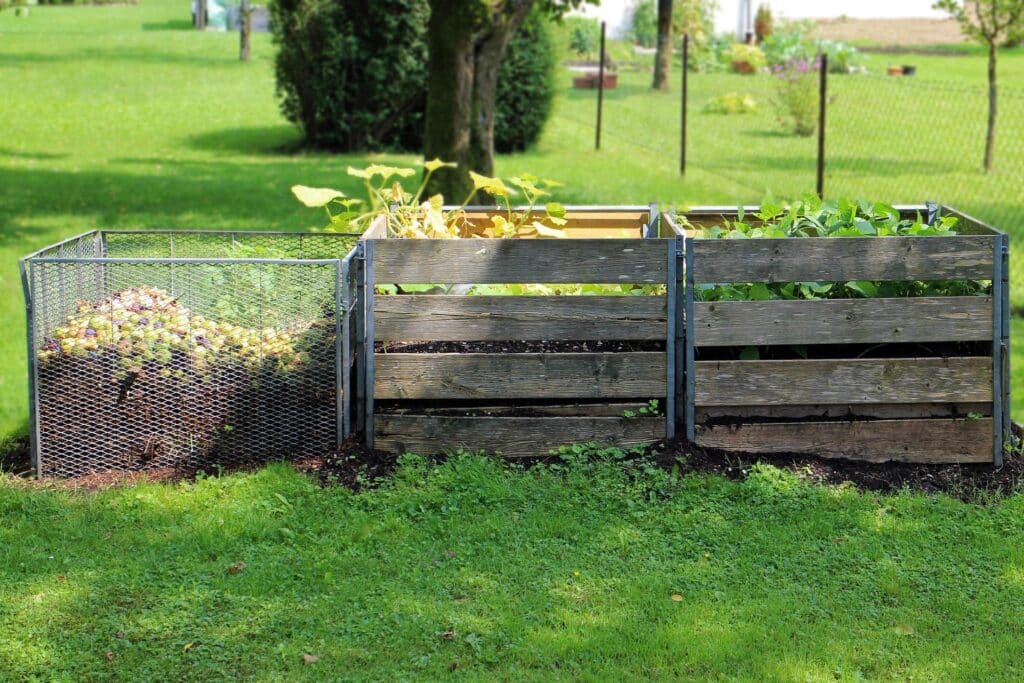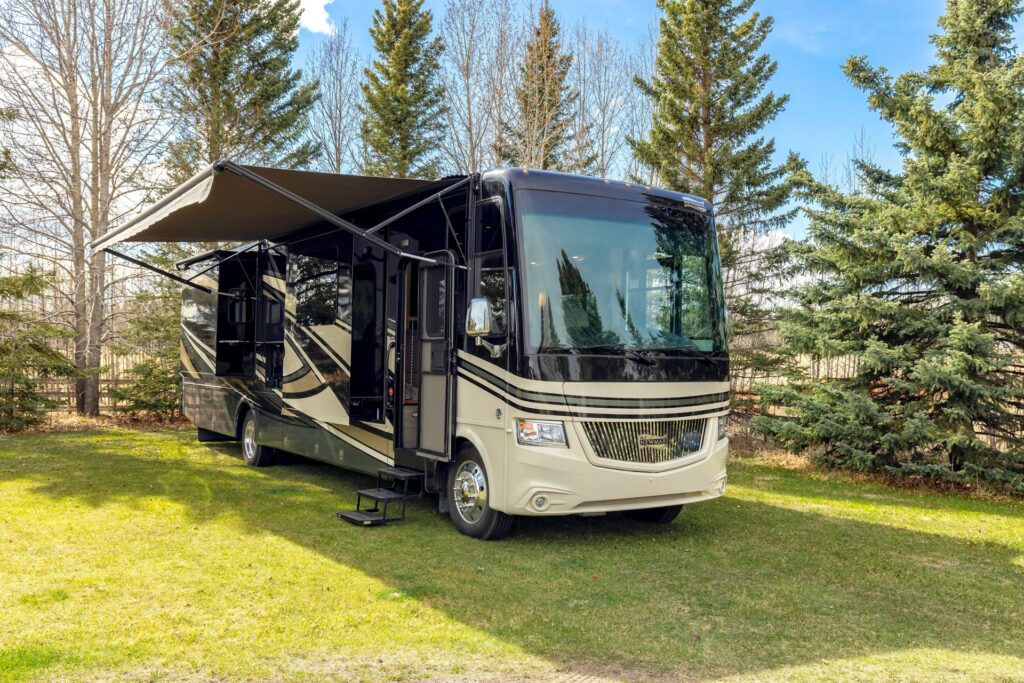You maintain a firewood stack for heating or recreational fires and observe increasing pest activity around your property, raising concerns about whether stored wood contributes to infestations that may eventually migrate into living spaces. Firewood storage creates complex microhabitats providing essential resources—shelter, moisture, and food—that support diverse pest populations including wood-boring insects, rodents, and predatory arachnids whose presence near structures increases colonization risk for residential environments.
The intersection of wood storage configurations, and pest biology determines whether firewood represents a minor nuisance or a significant vector for household infestations requiring professional intervention.
Why Woodpiles Attract Pests
Firewood stacks create multi-dimensional habitat structures providing three critical survival resources that concentrate and sustain diverse pest communities throughout seasonal cycles.
- Shelter provision: Interstitial spaces between stacked logs measuring 5-50mm create protected microhabitats where organisms avoid predation, extreme temperatures, and desiccation while accessing nesting or overwintering sites with minimal disturbance.
- Food availability: Decomposing wood tissue, bark layers, sapwood sugars, and fungal colonization provide direct nutrition for wood-boring insects, while accumulated organic debris, seeds, and secondary prey populations sustain rodent and predator species utilizing woodpiles as hunting territories.
- Moisture retention: Ground contact, shading effects, and restricted airflow maintain relative humidity levels 15-30% higher than ambient conditions, creating moisture gradients that support insect development, fungal growth, and metabolic processes essential for pest survival during dry periods.
- Temporal dynamics: Undisturbed woodpiles accumulate pest populations progressively over months to years, with initial colonizers attracting secondary species through ecological succession until complex communities establish stable, self-sustaining populations.
Firewood Insects: Who Moves In?
Wood-boring beetles represent primary colonizers of firewood, with different species demonstrating preferences for specific wood conditions, moisture levels, and decay stages.
- Powderpost beetles: Family Bostrichidae larvae bore through hardwood sapwood creating 1-2mm diameter tunnels, producing characteristic fine powder (frass) as feeding byproduct, with development cycles requiring 1-5 years depending on wood moisture and temperature conditions.
- Bark beetles: Subfamily Scolytinae colonize recently cut wood retaining bark and cambium layers, with adults measuring 2-8mm creating distinctive gallery patterns between bark and sapwood while transporting symbiotic fungi that accelerate wood decay.
- Longhorned beetles: Family Cerambycidae demonstrates extended development periods of 2-6 years within wood, with larvae creating oval emergence holes 6-12mm diameter, often emerging indoors after firewood introduction before completing metamorphosis.
- Termites: Subterranean termite colonies (Reticulitermes spp.) colonize ground-contact firewood demonstrating sufficient moisture content above 20%, creating concealed foraging galleries that may extend from woodpiles into adjacent structural elements.
- Carpenter ants: Large black ants (Camponotus spp.) measuring 6-13mm excavate galleries in partially decayed wood for nesting rather than nutrition, with colonies of 2,000-10,000 workers potentially establishing satellite nests in structural wood following firewood-mediated dispersal.
Rodents: More Than Just a Nuisance
Woodpiles provide essential harborage for rodent species seeking thermal protection and nesting sites, with storage configurations near structures facilitating subsequent building invasion.
House mice (Mus musculus) and various rat species including Norway rats (Rattus norvegicus) colonize woodpiles year-round, with activity intensifying during fall as outdoor temperatures decline below 15°C (59°F) and natural food sources diminish. Rodents construct nests within protected log interstices using shredded vegetation, insulation materials, and fabric, with individual nests supporting litters of 5-12 offspring produced every 21-28 days under favorable conditions.
Thermal imaging studies demonstrate woodpile interior temperatures maintain 5-10°C above ambient conditions during winter months, providing critical thermal refugia that reduce rodent energy expenditure and increase overwinter survival rates. Proximity to structures creates direct travel routes of 3-10 meters that rodents traverse nightly, with exploratory behavior leading to entry through gaps as small as 6mm for mice and 12mm for rats.
Spiders and Other Arachnids
Spider populations colonize woodpiles following prey insect establishment, with predator-prey dynamics creating stable arachnid communities that may include medically significant species.
Where wood-boring insects and other arthropods concentrate, spider populations follow, establishing hunting territories within woodpile structures. Most species provide beneficial pest control services, but certain species create legitimate health concerns when inadvertently transported indoors with firewood.
- Brown recluse spiders: Loxosceles reclusa demonstrates preference for dry, undisturbed spaces within seasoned hardwood, with neurotoxic venom capable of causing dermonecrotic lesions requiring medical intervention in approximately 10% of bite incidents.
- Black widow spiders: Latrodectus species construct irregular cobwebs within log gaps and beneath bark edges, with neurotoxic venom causing significant pain and systemic symptoms, though fatalities remain rare with modern medical intervention.
- Wolf spiders: Family Lycosidae demonstrates active hunting behavior around woodpile perimeters, with large body sizes (15-35mm) creating alarm despite minimal medical significance and general human avoidance behavior.
How Storage Habits Affect Pest Activity
Strategic firewood storage configurations substantially reduce pest colonization through moisture management, structural barriers, and proximity considerations.
Raising woodpiles 150-300mm above ground level using concrete blocks, pressure-treated lumber, or purpose-built racks prevents ground moisture wicking while creating barriers limiting rodent and termite access to stored wood.
Loose stacking configurations maintaining 25-50mm gaps between individual logs enable cross-ventilation that reduces moisture content below 20% threshold required for most wood-boring insect establishment and fungal colonization.
Partial covering protecting only the top 30-40% of woodpile height prevents rain saturation while maintaining lateral airflow essential for drying, whereas complete tarp enclosure traps moisture and creates humidity conditions favoring pest establishment. Bringing only 1-2 days’ supply indoors, inspecting individual logs for visible pests, and storing indoor wood in metal or sealed containers for 24-48 hours before burning reduces risk of releasing insects within heated living spaces.
Get Expert Help from Pest Exterminators
Professional pest control services can accurately identify pest species colonizing woodpiles, distinguishing between nuisance organisms remaining outdoors and high-risk species demonstrating structural invasion potential or medical significance. Expert pest control services can assess storage setup, moisture conditions, and proximity factors determining whether current practices support pest establishment requiring modification.
If you’re observing increasing pest activity around firewood storage areas, discovering insects emerging from wood brought indoors, or concerned about rodent populations establishing residence in woodpiles or areas near your home, contact Aptive today for a free quote and comprehensive assessment with customized management solutions protecting your property from these associated pest infestations.









